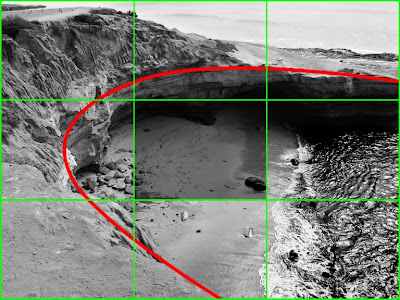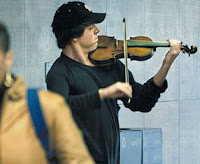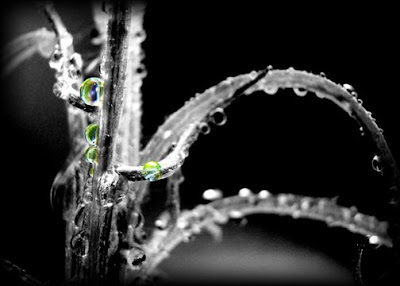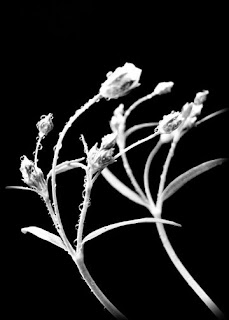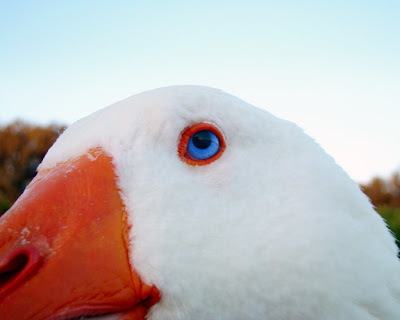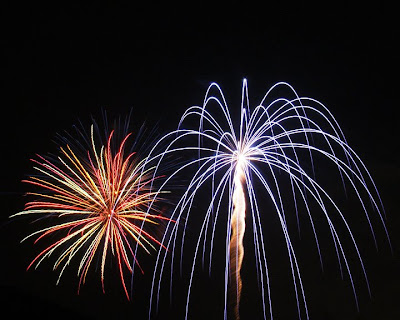What is focal length?
For those who have trouble sleeping, here’s the technical definition (otherwise skip to the next section):
The focal length of an optical system is a measure of how strongly the system converges (focuses) or diverges (defocuses) light. For an optical system in air, it is the distance over which initially collimated rays are brought to a focus. A system with a shorter focal length has greater optical power than one with a long focal length; that is, it bends the rays more strongly, bringing them to a focus in a shorter distance.
To put it simply, focal length is the amount of distance it takes the lens to focus light into an image.

Why care about this?
If the image is in focus, shouldn’t that be all that matters?
If you understand the effects different focal lengths have on an image, you will yield better control of how your images appear, giving you more control of the final photograph, and more control means more artistic freedom and expression.
Practical Use:
A longer focal length will compress the background and foreground, decreasing the perception of distance and scale.
Another effect of using a longer focal length is reduced viewing angle (opposite of wide angle). The amount of visible space surrounding the subject is decreased. If there are objects near the edge of the frame that detract from the composition, using a longer focal length will push them out of frame, reducing the need to correct in post.
On the other side of the coin, sometimes you want to capture as much area as possible, or demonstrate the perception of distance. In this instance, using a shortest possible focal length is required. Using a very short focal length creates a ‘wide angle’ effect.
How to use focal length on any camera, even a simple point and shoot:
It’s so easy, it should be a crime. To obtain a longer focal length, simply take several steps back, and use your camera’s zoom. The more you zoom in, the longer the focal length. If you require a wide angle and(or) the perception of distance, set zoom at zero, and get up close to your subject.
Experimenting with different aperture settings (focal plane of distance) in conjunction with focal length can yield vastly different results, and open up some creative doors.
An experiment you can try for yourself.
See if you can generate an example like the one I have provided below.
 I used three small plants and a piece of 3'x3' white foam core board for this example. I placed the plants about 18" apart, and slightly off axis, with the foam core board about 2' behind the last plant.
I used three small plants and a piece of 3'x3' white foam core board for this example. I placed the plants about 18" apart, and slightly off axis, with the foam core board about 2' behind the last plant.Here is the first shot. The camera is about 1' away from the plant in front (left), the zoom is set to zero. In this image, the distance between the front, center, and back plant is very obvious. The foam core board seems drastically undersized to be effective as a back drop. With the zoom set at zero, you can see a "Wide Angle" effect, with much of the surroundings in the frame.
While there are many situations where this prospective would be very desirable, for this situation, I think it's safe to say, it is not.
applying a generous amount of zoom.
Notice how the plants appear almost next to each other, and the foam core board fills the entire background. In this instance, taking several steps back and using the zoom generated a much nicer image.
Things To Consider:
- If you want the whole image to appear in focus, set the aperture at it's highest setting (usually f8 on point and shoot cameras, however f22 is common on DSLR lenses).
- Because of the limited aperture range in most point and shoot cameras, your results may vary. Objects in the foreground, and (or) the background may appear slightly out of focus.
- Often, having a background that is out of focus, while the subject it in perfect focus, is very appealing so experiment by dropping the aperture to it's lowest settings!
- You may need a tripod to avoid movement when using zoom at close range. keep an extra one in the trunk of your car!
- Because you are moving away from the subject, the camera's flash may be ineffective in low light situations. A tripod, longer shutter, and (or) higher ISO setting can give you a perfect exposer (Yes, these settings are adjustable on most point and shoot cameras)
- Try using the timer to avoid touching the camera, to avoid shaking and vibrations when zoomed in (tripod).




